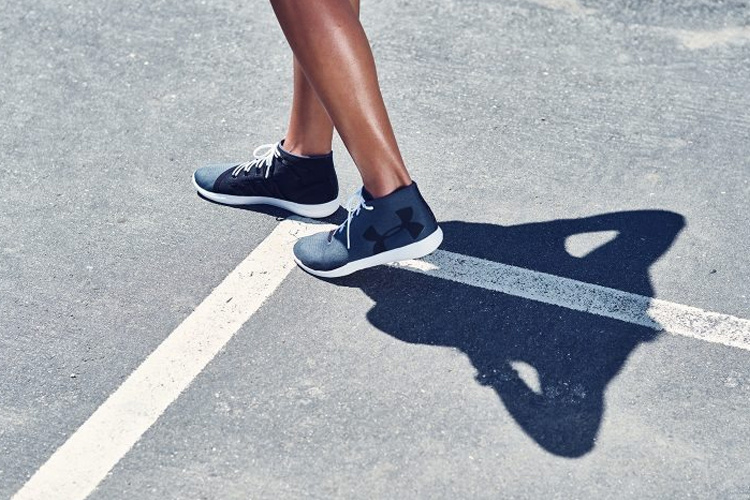Your evening walks might help you reach your step goals, but that doesn’t mean you’re necessarily getting a good workout. For walking to lead to health benefits like decreased risk of heart disease, stronger bones, weight loss, improved sleep and a mood boost, you have to do more than put one foot in front of the other.
If you’re not sure whether your walks meet the criteria for an actual workout, here are five signs your walking routine might be too easy:
1. YOU DON’T BREAK A SWEAT
It’s a good sign when there are beads of sweat on your forehead, and your clothes feel a little damp after a walk. “A gentle stroll, is, quite literally, no sweat for your body,” says Jonathan Ross, spokesperson for the American Council on Exercise and author of “Abs Revealed.”
Increasing the intensity of your walks activates your sweat glands; the more intense the workout, the more likely you are to break a sweat. But sweating is not the only indicator of a good workout, according to Ross.
Your goal should be to break a sweat while hitting your target heart rate, the “aerobic zone” that indicates you’re getting a cardiovascular workout. An ideal target heart rate is at least 60% of your maximum heart rate — and that number depends on your age.
To calculate your maximum heart rate, subtract your age from 220. For example, a 30-year-old would have a maximum heart rate of 190; 60% of 190 is 114 — this is your target beats per minute, which can be checked by putting your finger on the pulse in your neck, or wearing a heart rate monitor.
Aim to spent at least 30 minutes in this target zone. When you do, you’ll surely break a sweat.
2. YOU’RE NOT HITTING WEEKLY EXERCISE TARGETS
The Centers for Disease Control and Prevention guidelines advocate for at least 150 minutes of moderate-intensity physical activity per week. You’ll hit the recommended number of minutes by taking a slow stroll around the block for 30 minutes five evenings per week but you might not get the intensity to be considered adequate physical activity.
If sustaining a moderate-intensity pace for 30 minutes seems daunting, Erin Oprea, USANA Fitness Ambassador and celebrity personal trainer, suggests breaking it up into shorter spurts. Brisk 10-minute walks before work, during lunch and in the evening still count toward your weekly exercise goals. “If you’re busy, getting multiple brisk walks in every day should be on your to do list to get your steps in,” Oprea says.
3. YOU CAN CARRY ON A CONVERSATION
If you’re able to chatter endlessly about the latest episode of “Game of Thrones” without huffing and puffing, you need to pick up the pace. “If we are speaking at normal conversational speed, it’s unlikely that we are working out at a sufficient intensity to deliver a challenge to the body,” Ross explains. “As our intensity goes up, we should notice that we’re able to say fewer and fewer words between breaths.”
It’s OK to talk to your walking partner (or sing along with your workout playlist) but the effort should require you to stop between sentences to catch your breath. “The sweet spot for most people is about 3–6 words spoken before taking a breath,” says Ross.
4. YOUR MUSCLES NEVER ACHE
Walking is a great low-impact exercise but that doesn’t mean it shouldn’t feel like a workout. A lack of muscle aches is a strong sign you’re not pushing yourself hard enough. Your goal is a light muscle ache. If you’re too sore to move the next day, you’ve overdone it and should scale back the intensity on your next walk.
You don’t have to give up walking for running or another workout. Picking up the pace, increasing the distance or changing the terrain can all help fire up your muscles and increase the calorie burn. “Find some hills and sweat a little,” says Oprea.
5. YOU FOLLOW THE SAME ROUTE
It’s easy to find a route you like and stick to it. Over time, your body gets used to a certain pace and terrain; the more you follow the same route, the easier it gets. “Even turning down a few different streets while otherwise following the exact same route is enough to do the trick,” says Ross.
There is no such thing as a “bad” walk. When your goal is walking for exercise and health benefits, it’s essential to make sure your walking routine isn’t too easy — and if it is, challenge yourself to amp it up.
Written by My Fitness Pal




